Not all yixing pots were used for tea brewing, or at least that’s the way it seems sometimes. In things like senchado sometimes they were used for water cooling/pouring rather than tea making. It’s not always clear to me why one is designated as water dropper rather than teapot. When there’s a pair sometimes one gets assigned one job and the other the job of tea making. In any case, this pot is called “zini suichu” which literally means purple clay water dropper. 145ml.
Entries from September 2016
Yixing inventory #12: Zini water dropper
September 20, 2016 · Leave a Comment
Categories: Objects
Tagged: teaware, yixing, Yixing Inventory
The taste of water
September 14, 2016 · 16 Comments
Most of your cup of tea consists of water – and what water you use has a huge effect on how your tea tastes. It is an important thing to remember when trying a tea – what water are you using, and what does it do to your tea?
Most of us rely on some kind of tap water supply for regular drinking. Where your municipality gets its water changes how your tea tastes. When I lived in Pacific Northwest I remember the water tasting very fresh and is often very cold even in the summer – it’s snowmelt so that’s how the water comes out. In places like Hong Kong we get most of our water from a river source in nearby Guangdong, and it’s heavily treated. It’s not that great, but I suppose it could be worse.
Then you have bottled waters, which as bad as it is for the environment, is usually where you can get some pretty good water. A few months ago my cousin-in-law who’s an expert on Japanese liquors brought back a couple bottles of water for me from the Suntory natural water range. There are three sources for this line – Mount Aso, from Kyushu, Mount Oku-daisen, and from the Southern Alps of Japan. I got two bottles – the Mount Aso and Mount Oku-daisen ones. It’s always refreshing to taste different waters and notice how different they can be. Both are fragrant waters – yes, water can be fragrant, not so much in that they smell like anything, but when you drink it there’s an aftertaste that rises up your nose. The Mount Aso is, I feel, a better water – more interesting, more complex, and a bit more aroma. The Mount Oku-daisen is lighter. Turns out the Mount Aso water has more dissolved minerals, which might explain why. This is not to say the Oku-daisen water was bad – far from it. But the Mount Aso water is better.
There are practical limitations to using bottled water. I try to avoid doing it for two reasons – cost, and the obvious wastefulness of using bottled waters. However, these days at work what I do is buying large bottles of either Volvic (another reliable supply) or this Scottish water from the local supermarket and adding it to my office supply. The reason is because our office uses a reverse-osmosis filtered water, which yields a sharp and flat water. If you use RO water for brewing, it is quite easy to get a bad brew – the tea will not be very flavourful and it often appears very rough on your tongue. Adding some of this mineral water in helps round out my tea and makes it much more palatable. Blending it also keeps the dissolved solids in my water low enough so that boiling it doesn’t produce sediments; if your water’s mineral content is too high it will leave a crust of minerals, which is a bit of a problem for an electric kettle. I’m not about to bring my tetsubin setup here for obvious reasons.
Sometimes I see people say things like “I use RO/distilled water because it’s pure”, which is pure nonsense. Yes, it’s pure in the sense that there’s nothing else in it. However, naturally occurring water will never be “pure” water. Tea aficionados of the past have always advocated spring water of various kinds for the best brewing experience – precisely because they contain interesting minerals that make the tea taste better. The famous Hupao spring in Hangzhou, for example, has a pretty high mineral content. Using distilled or RO processed water to brew tea is just a waste of good tea leaves. If you don’t believe it, try it side by side with a good water like Volvic. The difference should be night and day. In fact, even if you do believe it, try it anyway. The differences with using different water is very enlightening and helps any tea drinker understand which part of the tea is coming from the tea leaves, and which part of it is from the water. As I’ve said many times before, the most cost effective way of improving your cup is not buying better leaves, but getting better water.
Yixing inventory #11: “hen” mark
September 10, 2016 · Leave a Comment
This kind of pot some call “starry sky” with the little yellow dots of sand. The mark under the lid is “hen” which literally means “mark” but sort of like a mark left by a knife. 75ml.
Categories: Objects
Tagged: teaware, yixing, Yixing Inventory
Yixing Inventory #10: No mark shuiping
September 8, 2016 · 2 Comments
Categories: Objects
Tagged: teaware, yixing, Yixing Inventory
Grandpa style in action: G20 Hangzhou
September 8, 2016 · 4 Comments
Xi Jinping showing Obama how it’s done – use the lid to push away the leaves and then sipping from the gaiwan. Apparently nobody briefed Obama on what to do with a gaiwan with green tea in it, so he put the lid down and just drank from the really awkwardly shaped cup instead. He did, however, seem to manage the “use your teeth to filter the leaves” skill pretty well. Xi would know this tea well – he was the top official in Zhejiang for a number of years.
Yixing inventory #9: Yigong
September 1, 2016 · 1 Comment
The writing on the bottom of this pot is Yigong, another name that is commonly seen for this sort of pot. Notice little details like how the inner surface of the handle is flat – this makes holding the pot slightly easier than if it’s round all the way. 195ml.
Categories: Objects
Tagged: teaware, yixing, Yixing Inventory

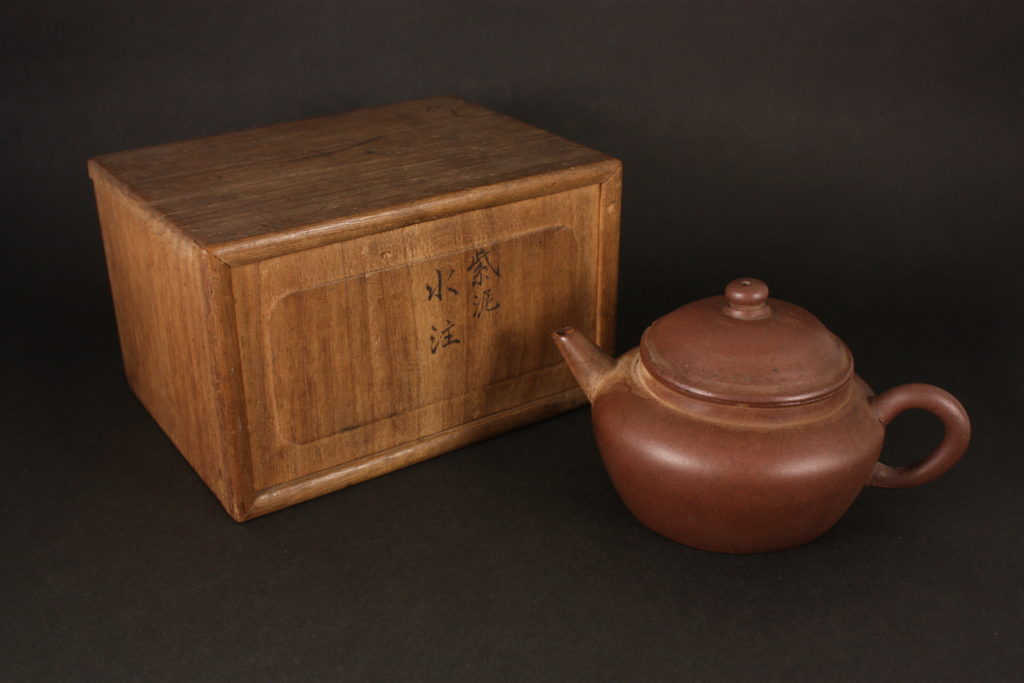

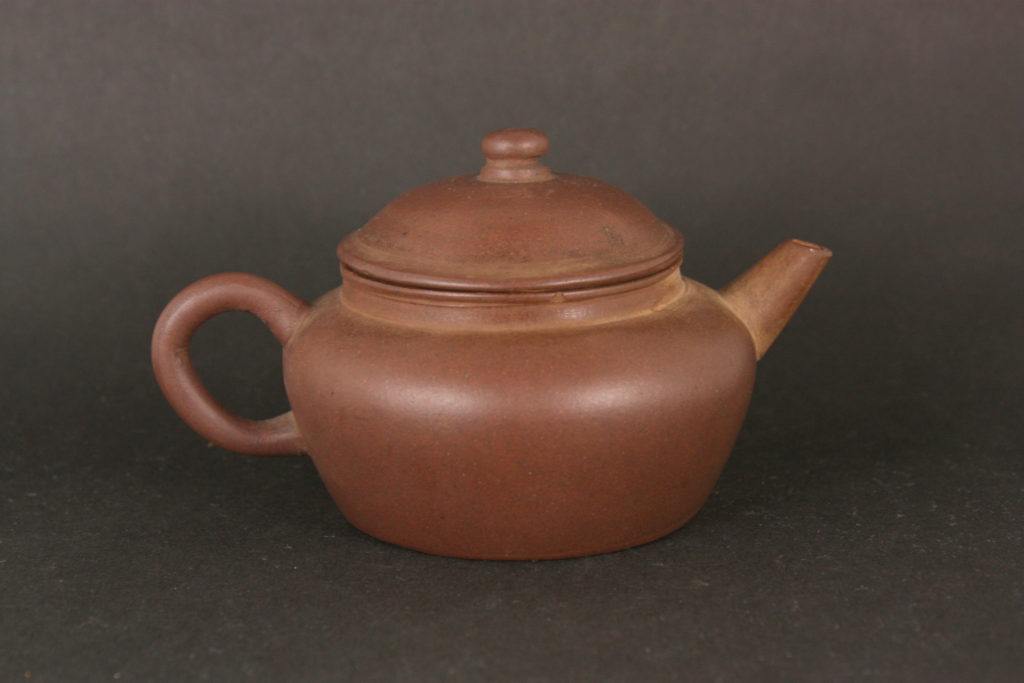

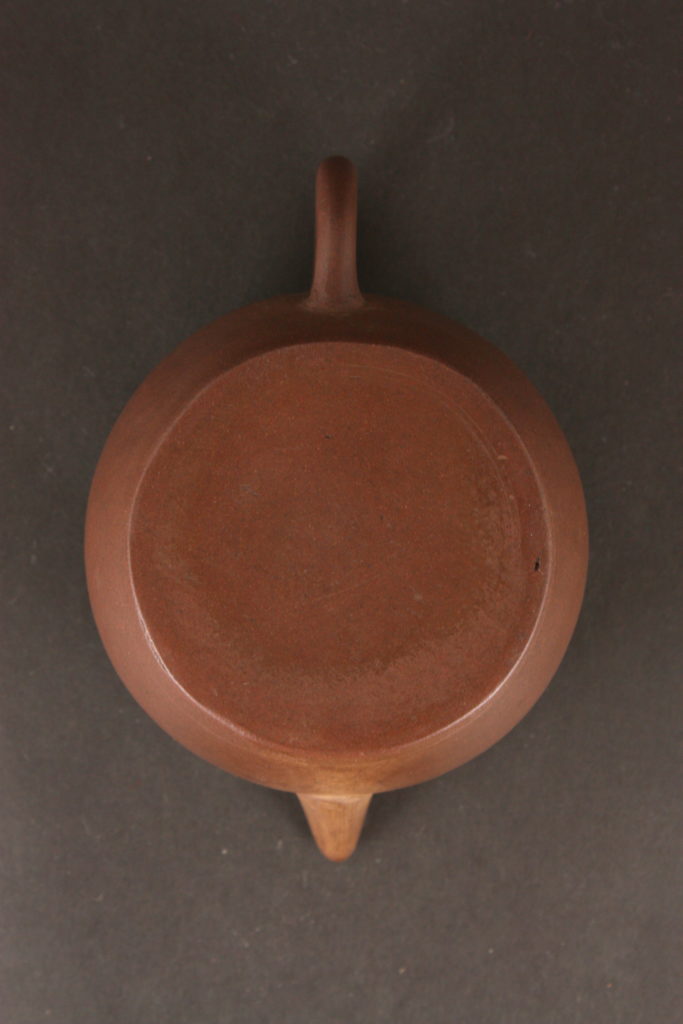

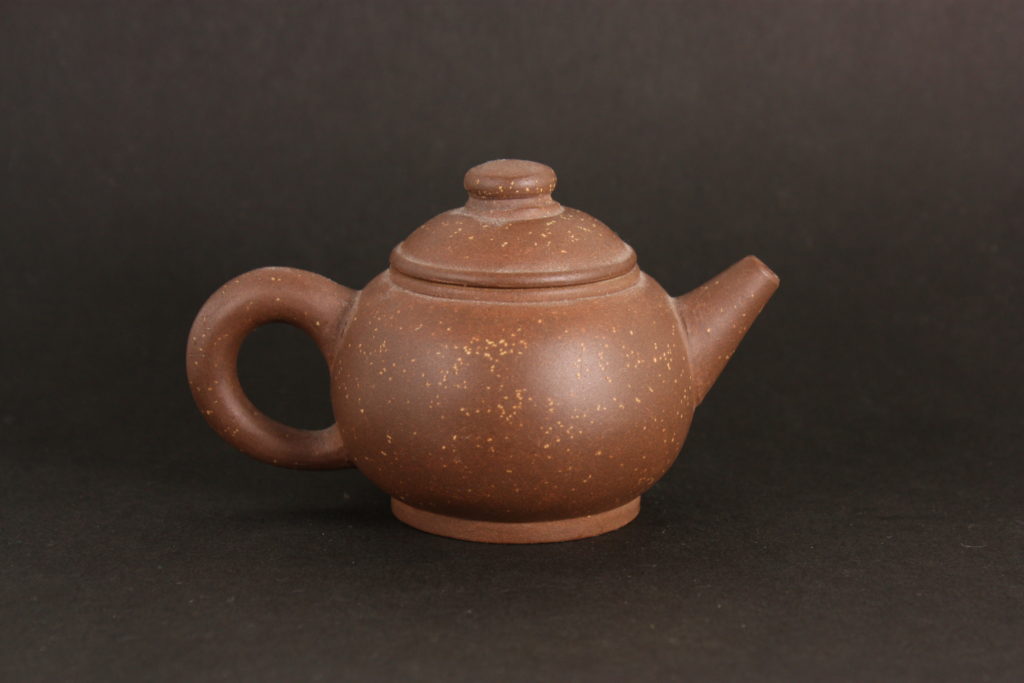
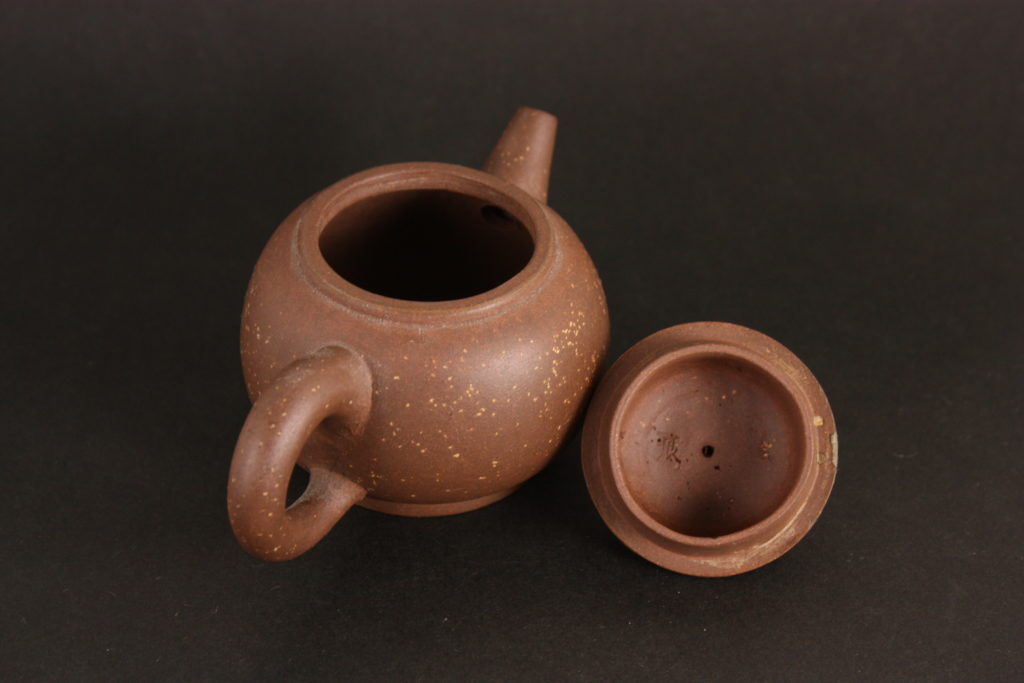
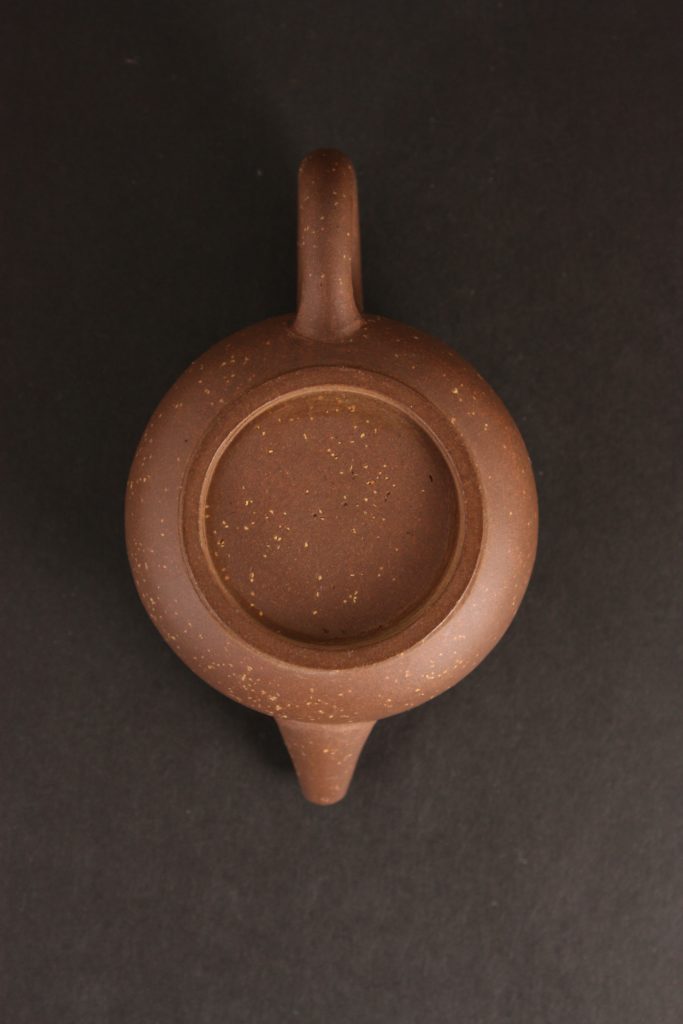

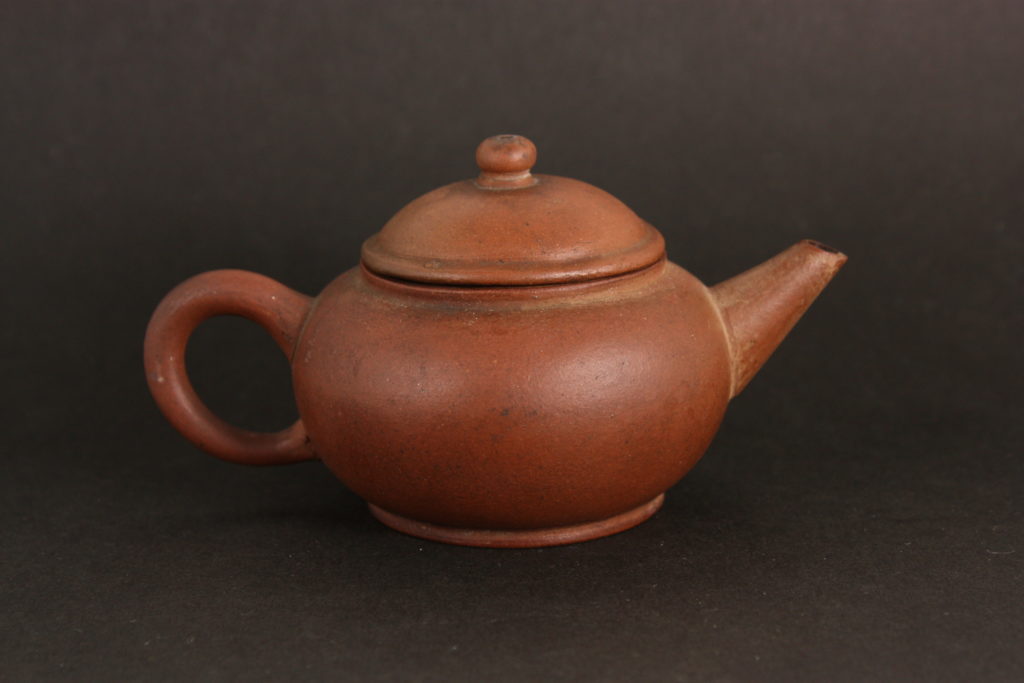

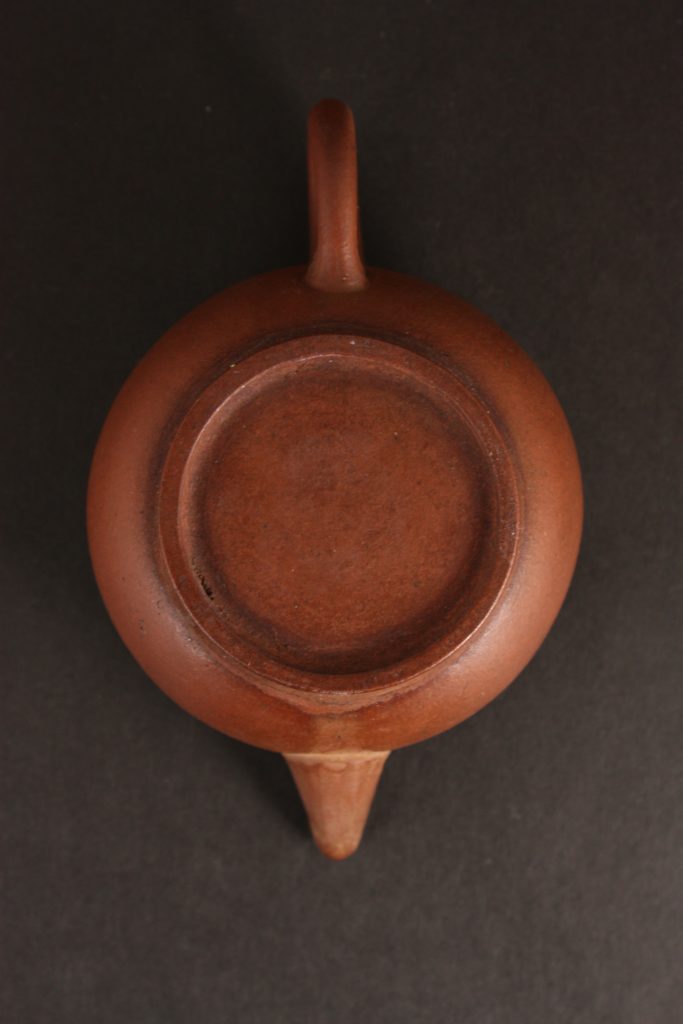




Very true. I use bottled water to brew teas very rarely. But when the alternative is unuseable tap water...